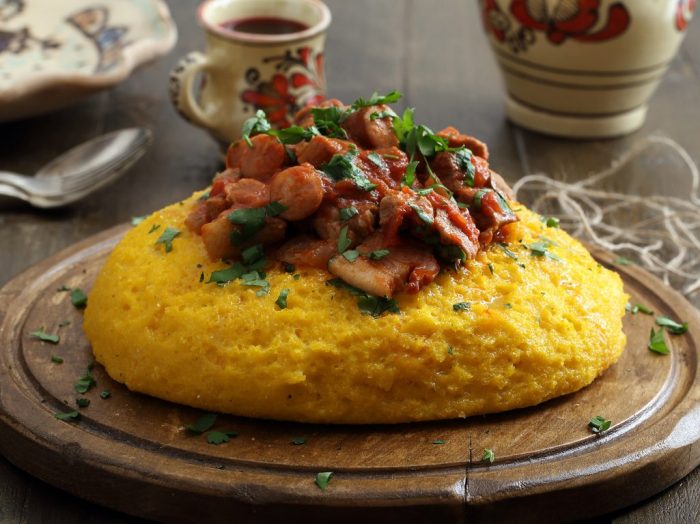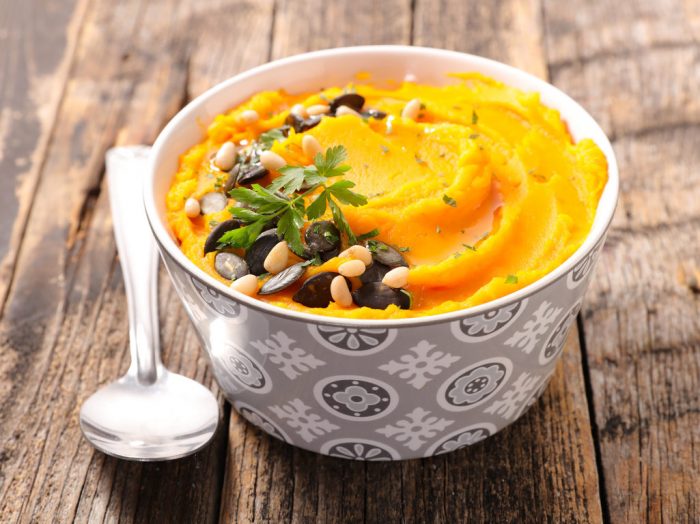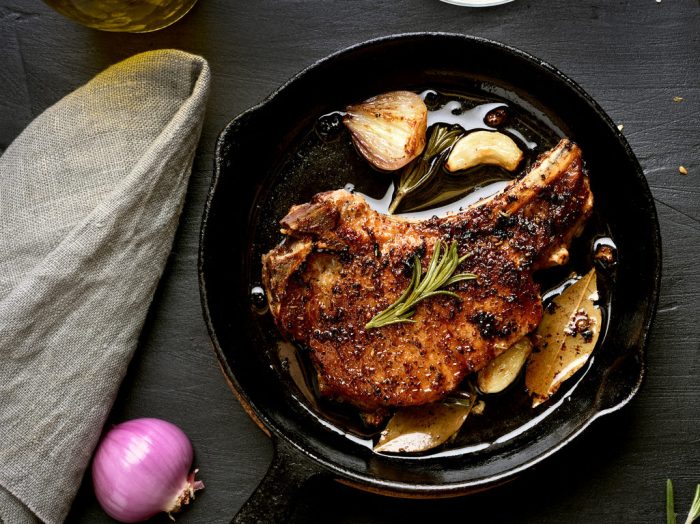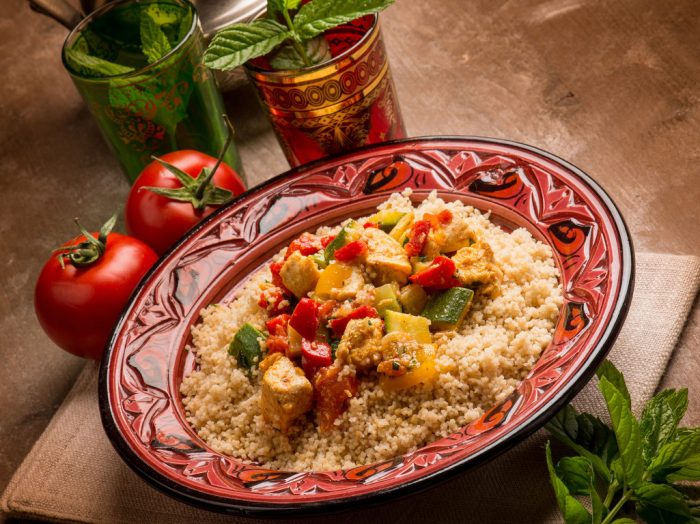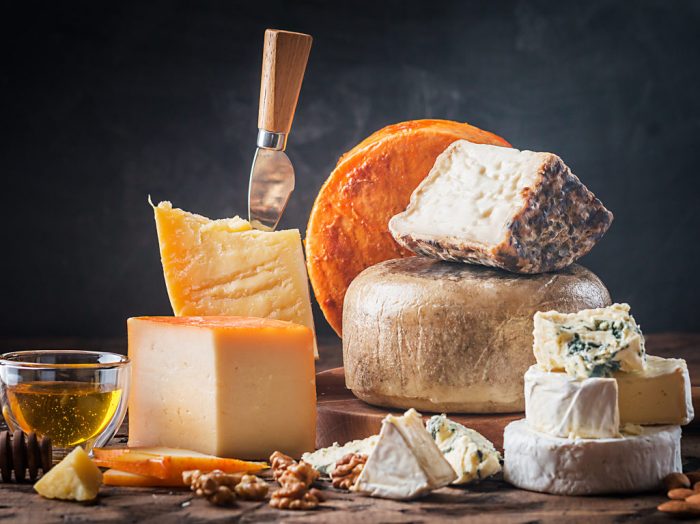Polenta is a no-muss, no-fuss Italian-born dish that can really make a meal. It works well as a side, and as a main dish if you dress it up a little. But how do you make the best polenta? Let’s explore the options at hand.
Having eaten more than my fair share of polenta all my life, I know that it has to be respected in a way. It can turn out bland, just something that fills your stomach in dire straits (it’s cheap so it works as that), but the best polenta can really sing on the plate. Some people love it so much that they sculpt it.
This is our journey now. Come with me and let’s see what can be done.
The best polenta shouldn’t strike fear in your heart
I can’t for the life of me understand why everyone fears it so. It is definitely not a thing that goes bump in the night. Just a creamy, satisfying dish you can make quickly for your whole family. The usual things you hear are about adding the polenta in the boiling water and then stirring so that it doesn’t form lumps.
It requires some degree of attention, but not obsessive stirring and staring. And if you think about it, most dishes you make require attention so that you don’t bungle them. If you like making porridge or oatmeal, you won’t have any trouble with this cornmeal dish.
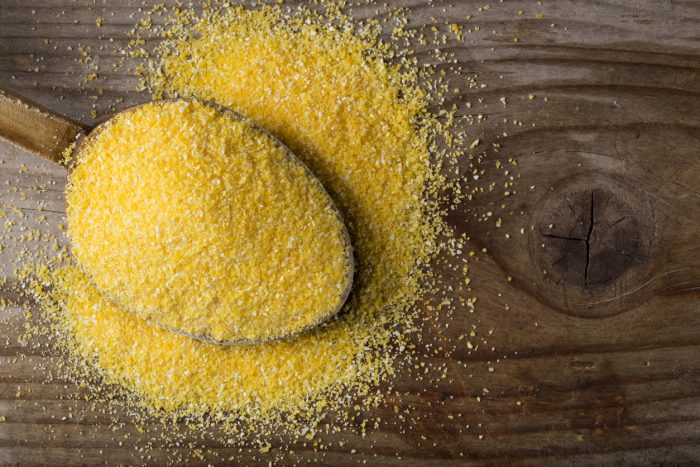
You can use any cornmeal to make it
This is not that much of a pretentious dish. You don’t have to buy stuff that has polenta written on the package. Just use any type of cornmeal you have at your disposal. There are many types of polenta you can make with many types of cornmeal. But the process is basically the same for all of them. How is that for simple?
The corn is ground like plenty of other grains and can have different textures – ergo the different names. It can have the consistency of wheat flour or it can be a little coarser, with a more varied texture to it, including some larger bits. You can try all of the varieties and see which one you like best. You might want to stay away from the instant polenta, which is usually precooked and honestly doesn’t taste that good anyway. Yes, it’s more convenient and has a shorter cooking time, but is it worth it? Not really.
How can you eat the best polenta though?
Dear reader, there are so many ways. The quickest, easiest option is to have it as a thick porridge, freshly cooked. But there’s so much more! You can let it cool in the shape you desire, like casserole dishes, in cake pans, with a nice round shape, or even individually, in ramekins. It depends on how you want to serve it and what to do with it after.
After it’s cooled down, it’s time to make another set of choices. Because you can slice it and use it instead of bread. Trust me, it’s delicious. Or you can add more crunch to it by baking it, frying it, or grilling it. Combine it with cheese or meat – any type of meat is great with it. Or in Romania, it’s one of the fundamental dishes and it’s eaten as a porridge, cut up with the help of a string, and served with salty or sweet cottage cheese and heavy cream. The hotness of the polenta, the coolness of the heavy cream and the differences in texture turn it into a dream.
Polenta is very versatile. Try to make this one with bacon and mozzarella.
3 polenta myths to explore
1. The timing of adding cornmeal
You will often hear that it’s important to add the cornmeal only after the water is boiling. The honest truth is that the moment doesn’t matter that much and will not fundamentally edit the final result. You can add the cornmeal even in the cold water, so that it will gradually heat up. The result will still be pretty much delicious and creamy.
2. The speed of adding cornmeal
How about the whisking constantly thing they say? That is actually true in most cases. You should add the polenta gradually and incorporate it in the water by stirring constantly, to prevent the formation of unpleasant lumps.
3. The frequency of stirring
It’s true that polenta has to be stirred. If you don’t, it will stick to the bottom of the pot and get burned. It will also become harder on top and if you try to stir that layer in, it will form lumps. But you shouldn’t just stir every second of cooking the polenta. It’s really not necessary or wise, because your arm will go numb. What will you use to eat? Stirring frequently but not constantly is the perfect speed for this task. A little bit every few minutes.

